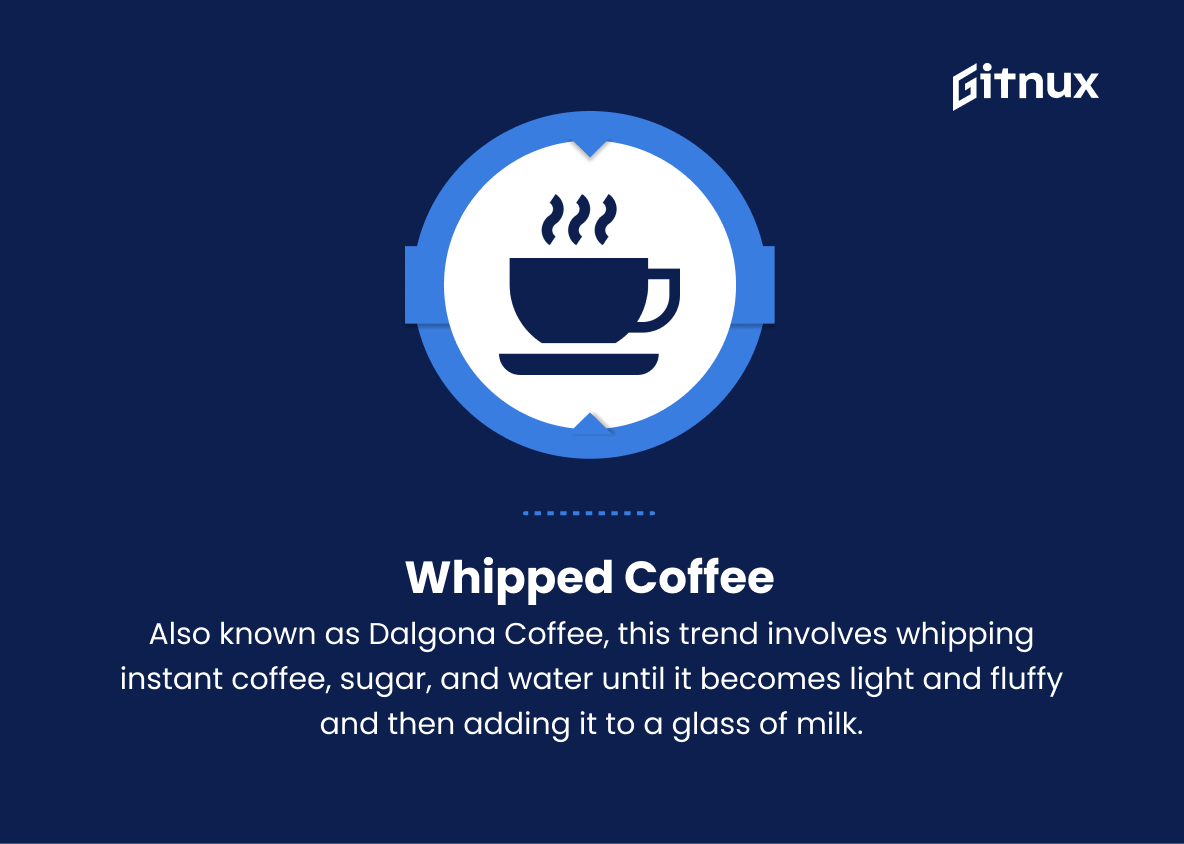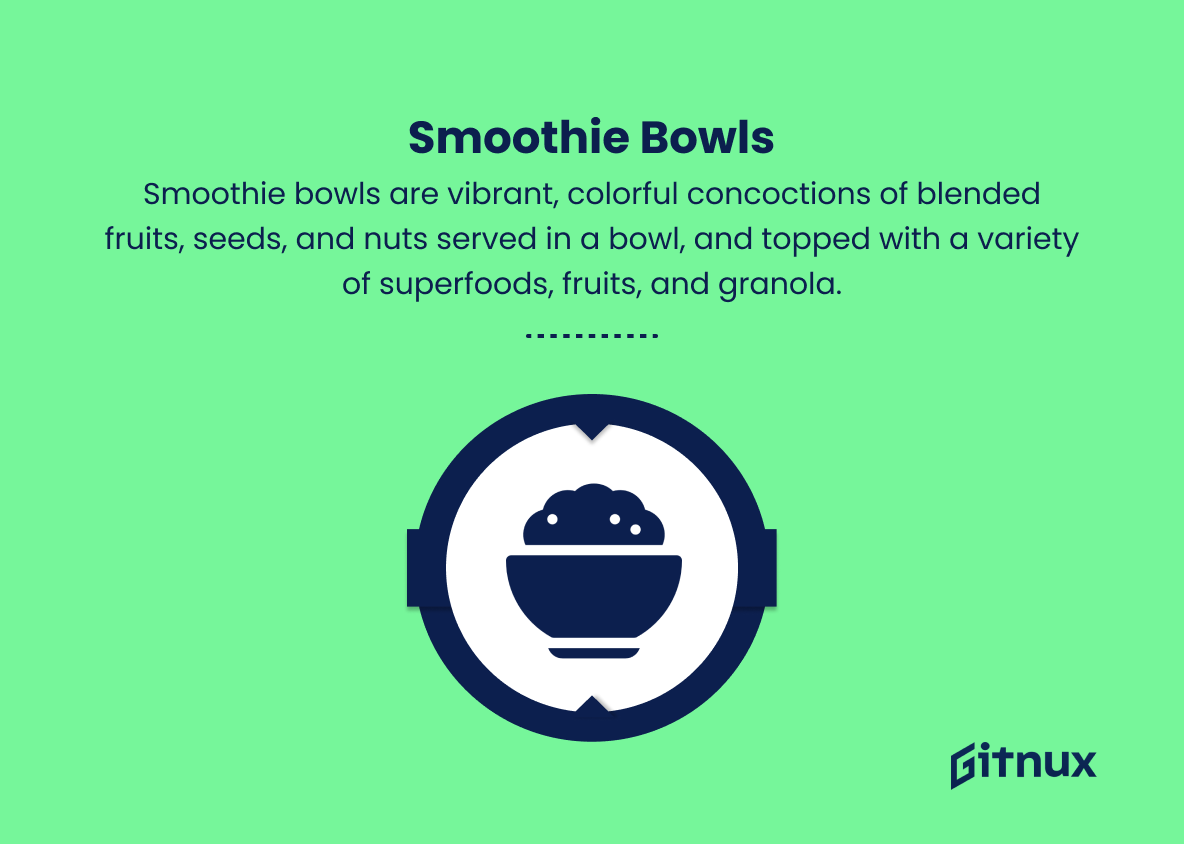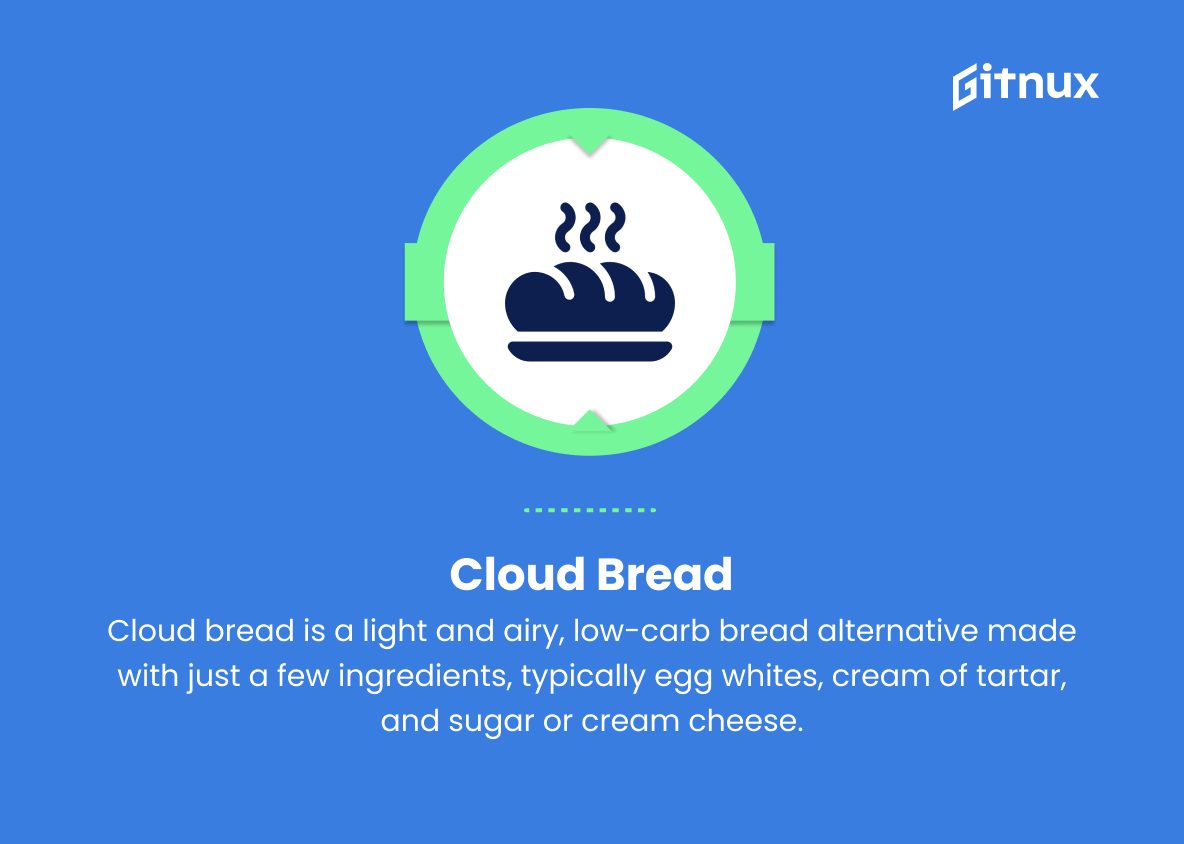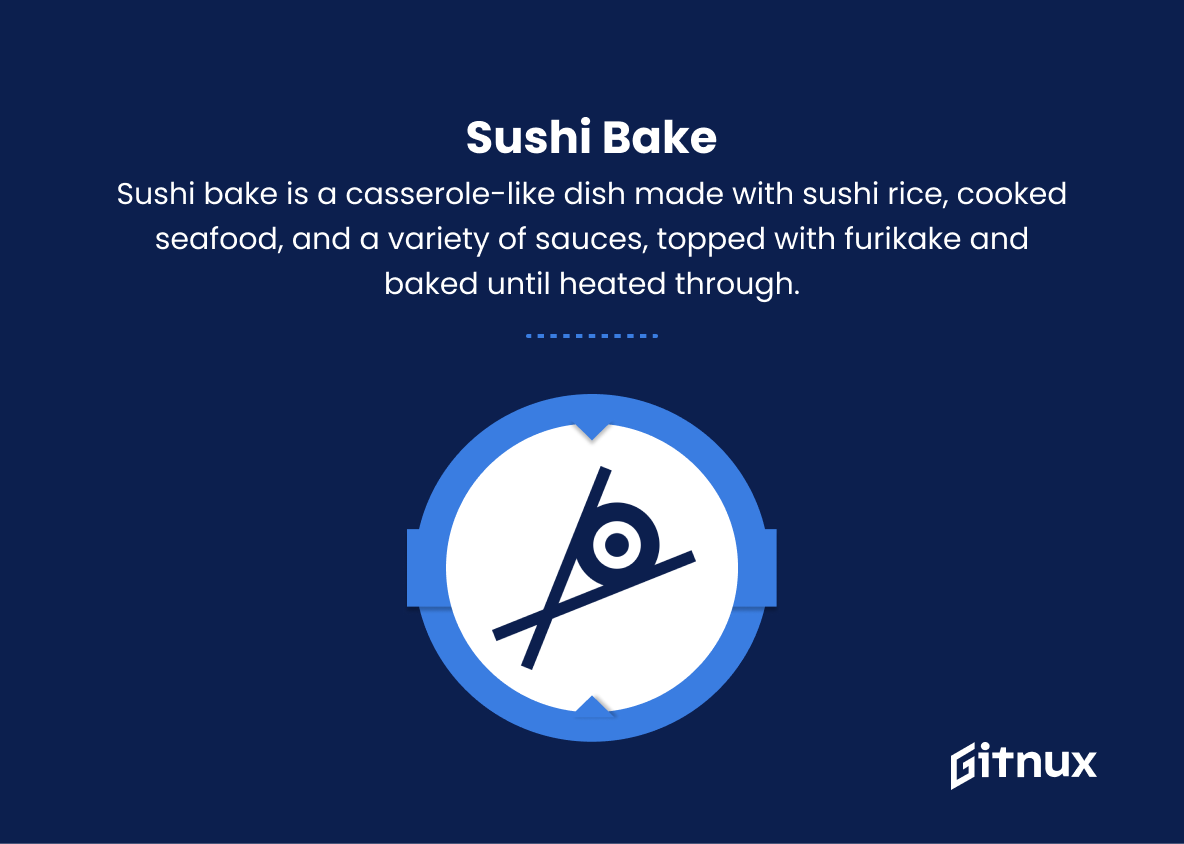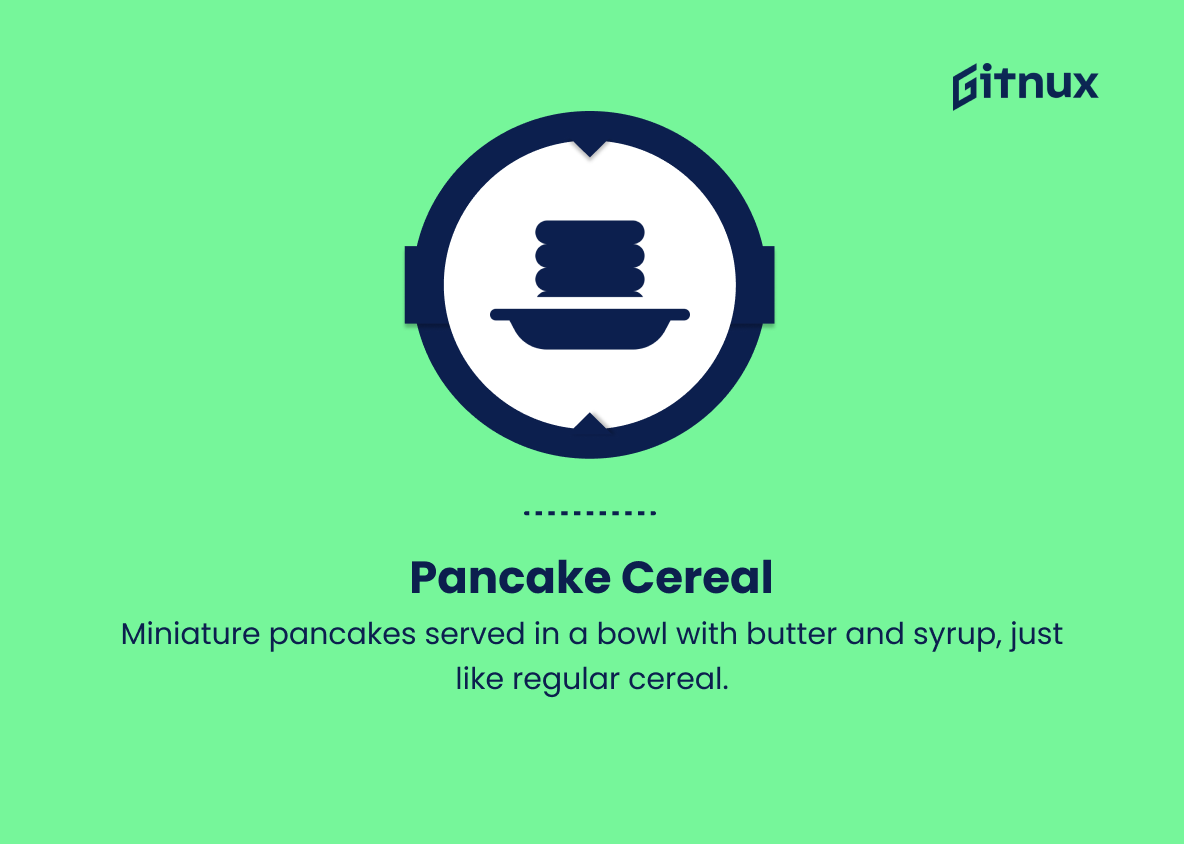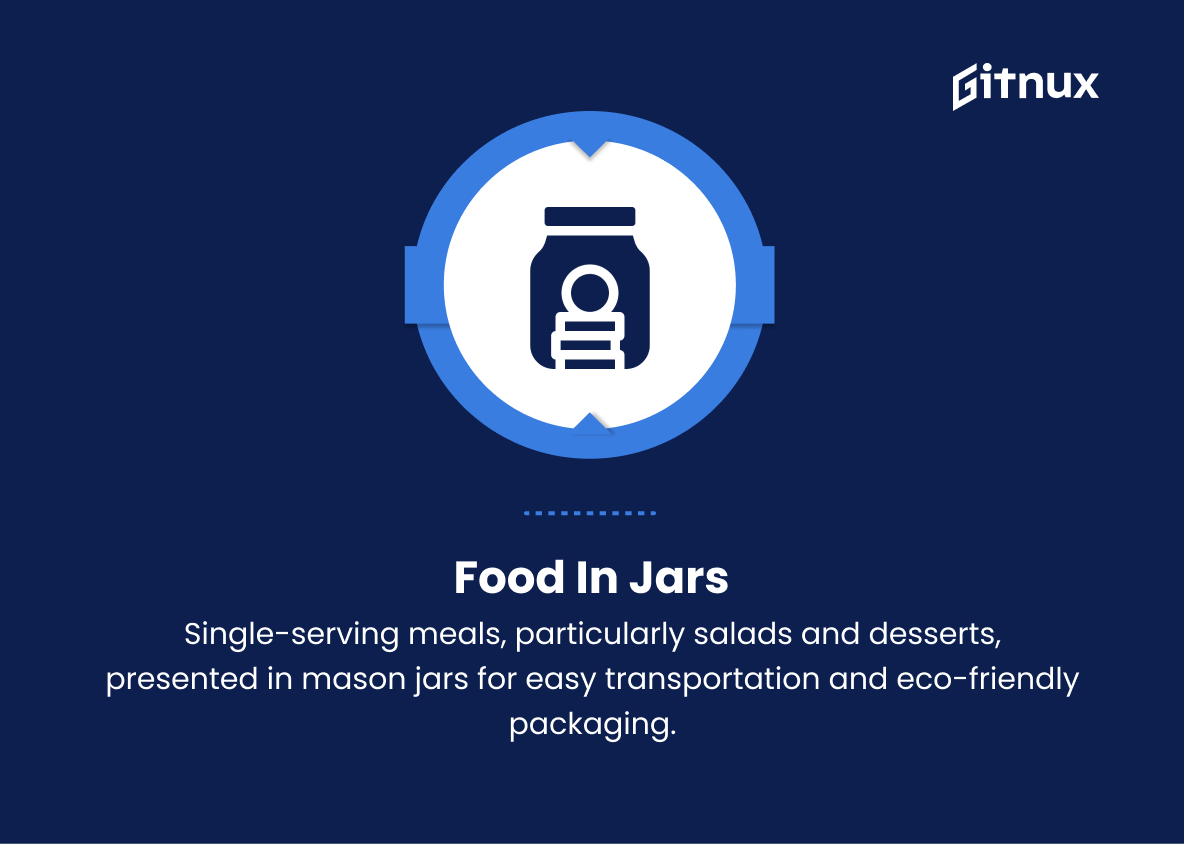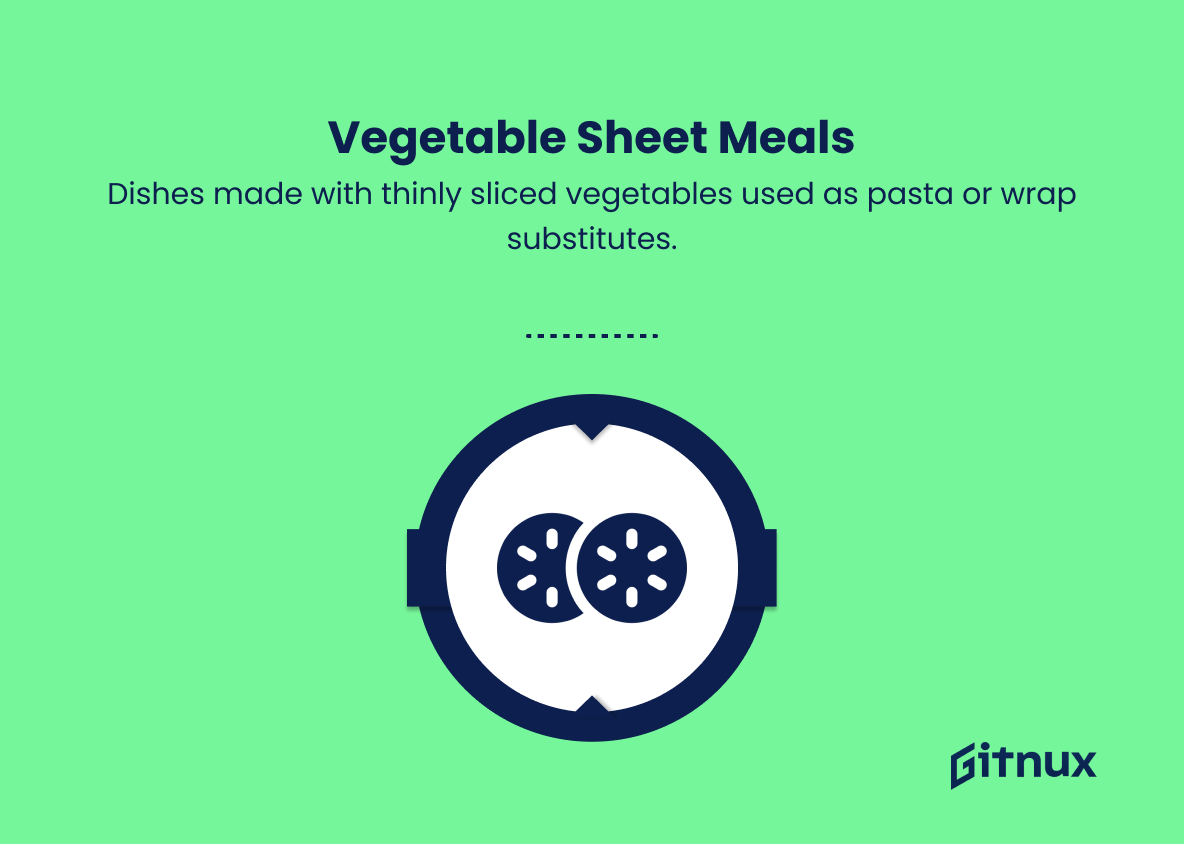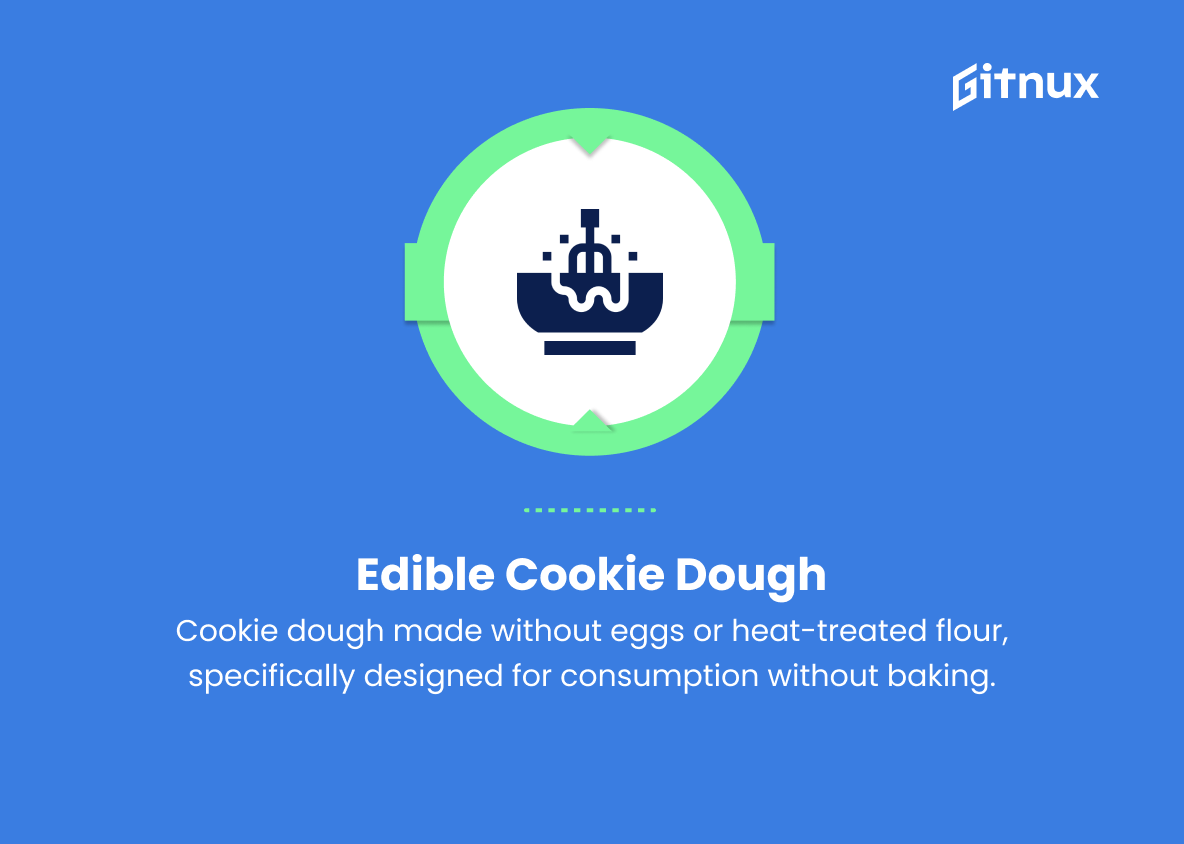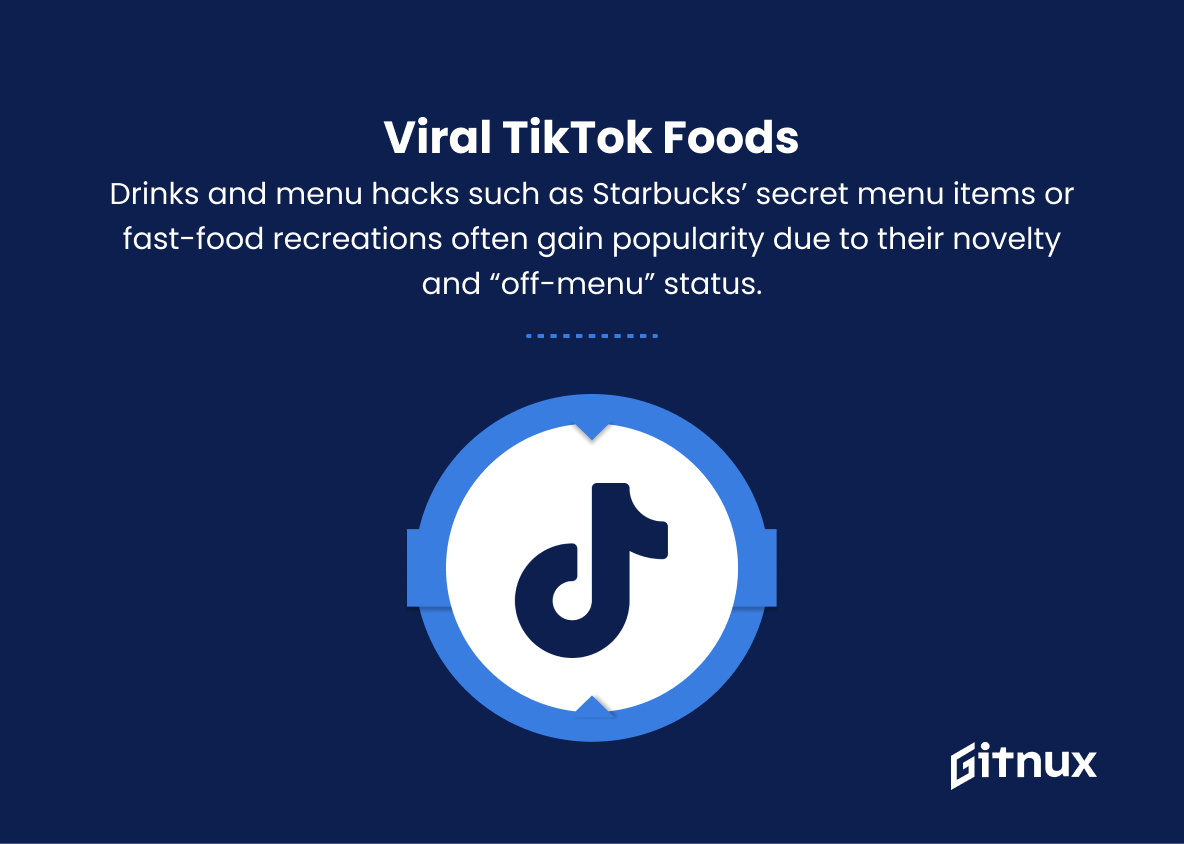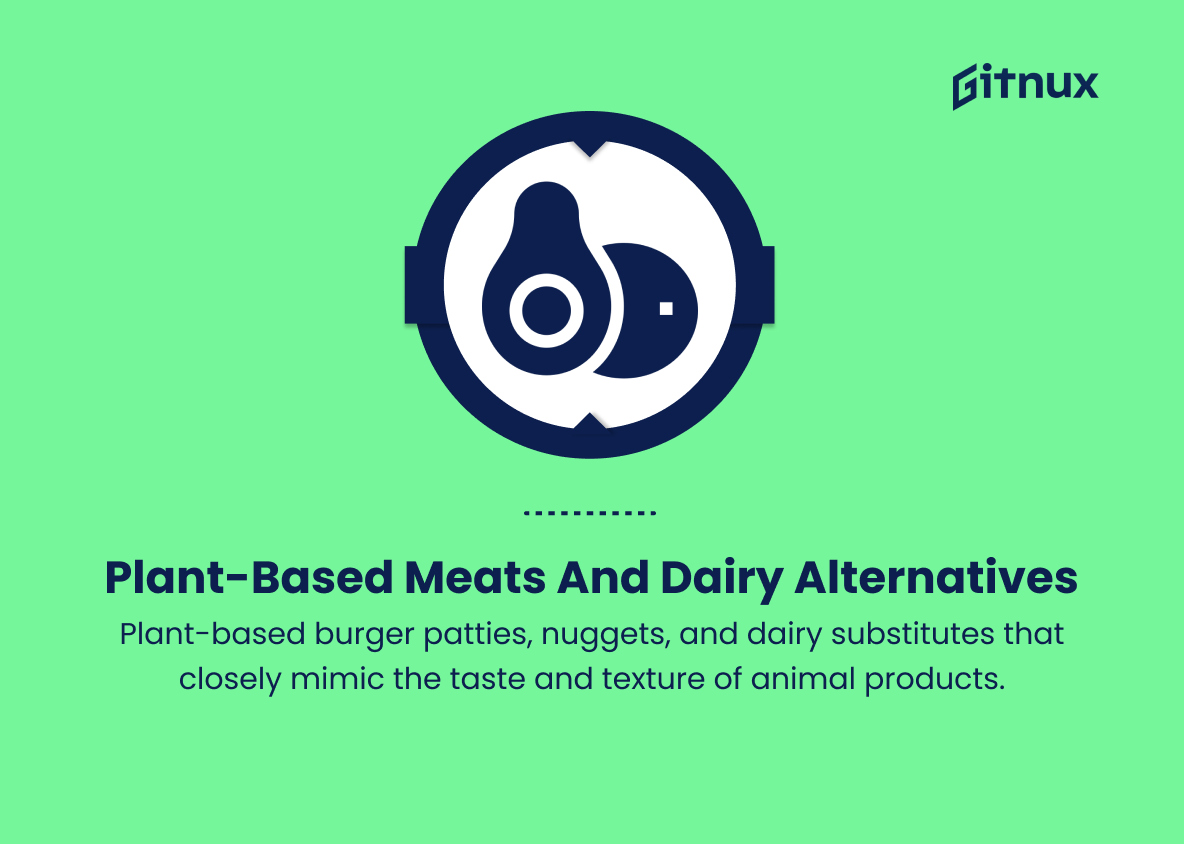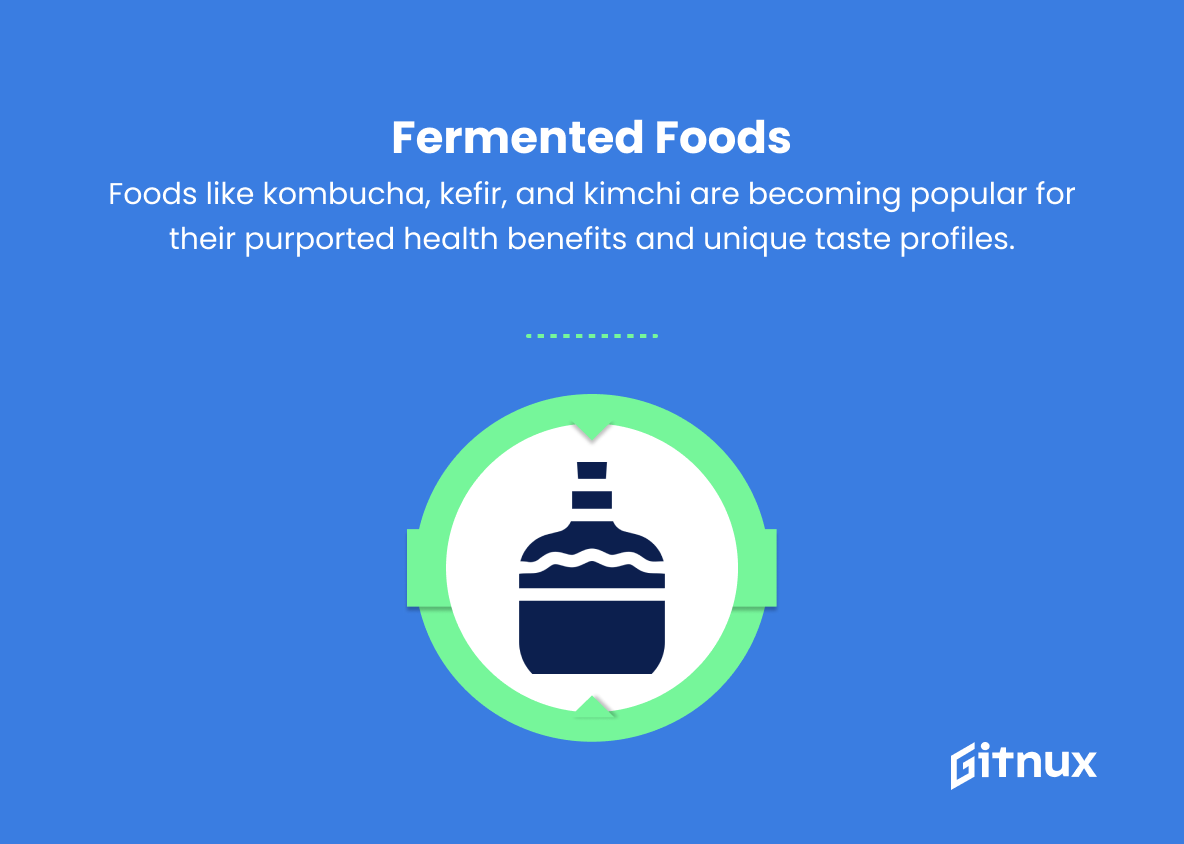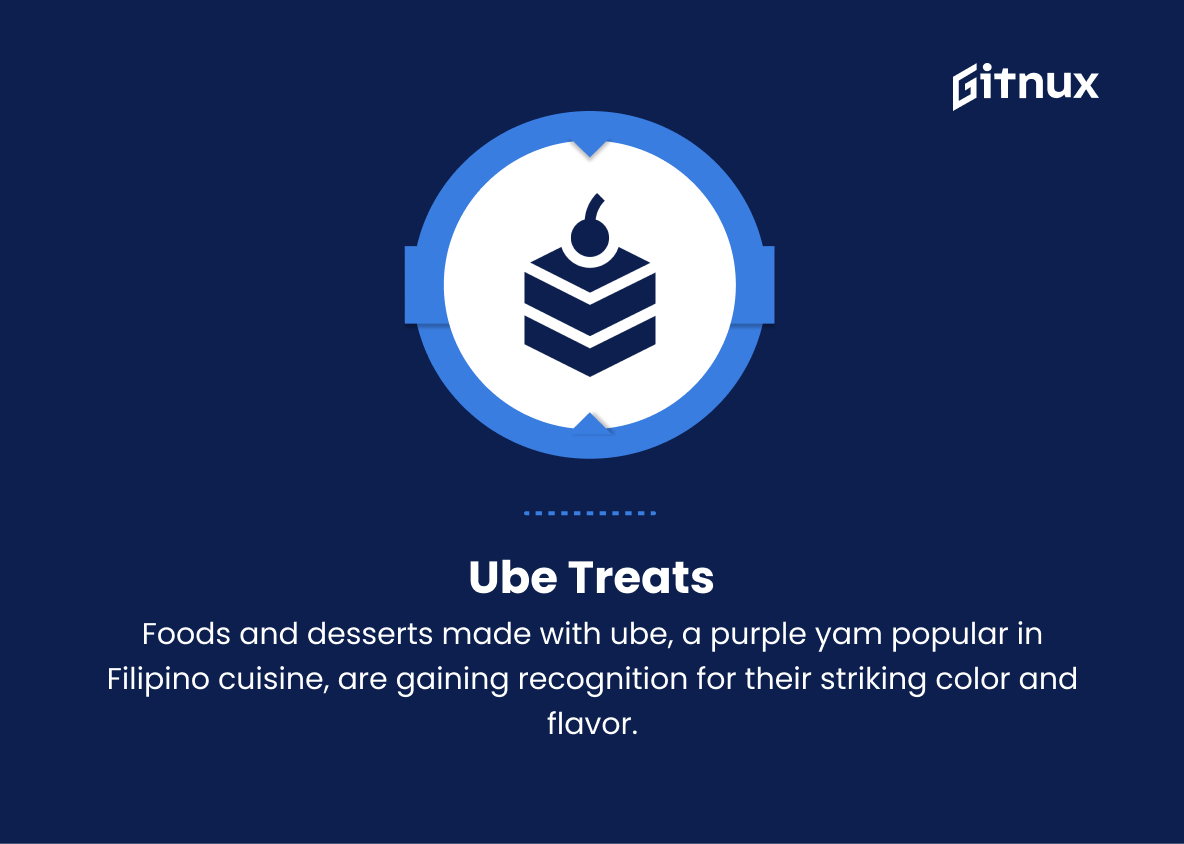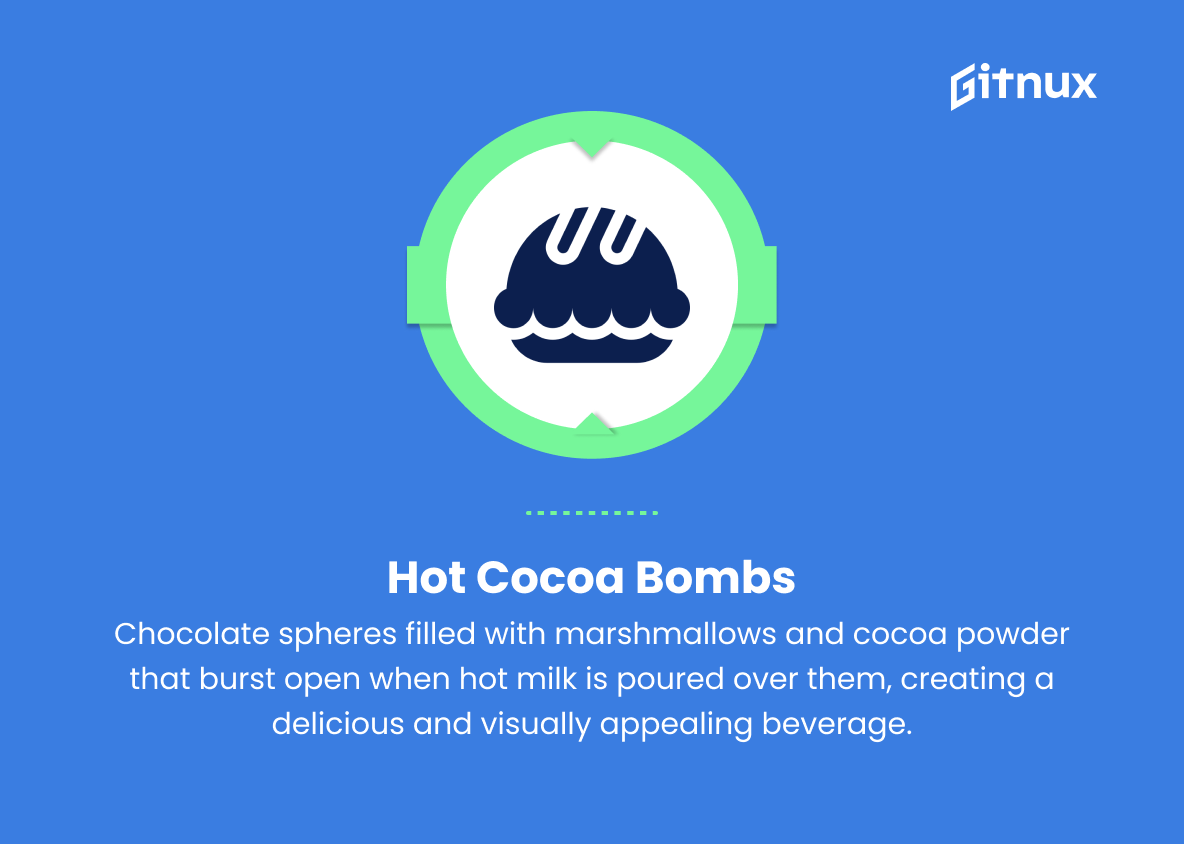In today’s rapidly changing digital landscape, social media has become an indispensable platform for food enthusiasts, influencers, and culinary aficionados to share their creative concoctions and showcase the latest food trends. The phenomenon of food going viral on platforms like Instagram, TikTok, and Facebook has reshaped the way we perceive and consume culinary delights.
In this thought-provoking blog post, we delve into the world of social media food trends to explore their impact on our eating habits, the gastronomy industry, and our understanding of food culture as a whole. Join us in this culinary journey as we uncover the ingredients that make these trends so irresistible and ponder upon their long-lasting effects on our society.
Top Social Media Food Trends
1. Whipped Coffee
Also known as Dalgona Coffee, this trend involves whipping instant coffee, sugar, and water until it becomes light and fluffy and then adding it to a glass of milk.
2. Smoothie Bowls
Smoothie bowls are vibrant, colorful concoctions of blended fruits, seeds, and nuts served in a bowl, and topped with a variety of superfoods, fruits, and granola.
3. Cloud Bread
Cloud bread is a light and airy, low-carb bread alternative made with just a few ingredients, typically egg whites, cream of tartar, and sugar or cream cheese.
4. Sushi Bake
Sushi bake is a casserole-like dish made with sushi rice, cooked seafood, and a variety of sauces, topped with furikake and baked until heated through.
5. Pancake Cereal
Miniature pancakes served in a bowl with butter and syrup, just like regular cereal.
6. Charcuterie Boards
Elaborate arrays of cheeses, cured meats, olives, fruits, crackers, and more artfully arranged on a platter.
7. Food in Jars
Single-serving meals, particularly salads and desserts, presented in mason jars for easy transportation and eco-friendly packaging.
8. Vegetable Sheet Meals
Dishes made with thinly sliced vegetables used as pasta or wrap substitutes.
9. Edible Cookie Dough
Cookie dough made without eggs or heat-treated flour, specifically designed for consumption without baking.
10. Viral TikTok Foods
Drinks and menu hacks such as Starbucks’ secret menu items or fast-food recreations often gain popularity due to their novelty and “off-menu” status.
11. Plant-Based Meats and Dairy Alternatives
Plant-based burger patties, nuggets, and dairy substitutes that closely mimic the taste and texture of animal products.
12. Fermented Foods
Foods like kombucha, kefir, and kimchi are becoming popular for their purported health benefits and unique taste profiles.
13. Ube Treats
Foods and desserts made with ube, a purple yam popular in Filipino cuisine, are gaining recognition for their striking color and flavor.
14. Air Fryer Recipes
Air-fried dishes created with little to no oil, offering a healthier alternative to traditional deep-frying methods.
15. Hot Cocoa Bombs
Chocolate spheres filled with marshmallows and cocoa powder that burst open when hot milk is poured over them, creating a delicious and visually appealing beverage.
Implications
Social media food trends have transformed the culinary landscape, expanding our palates and emphasizing creativity, convenience, and health consciousness. Whipped coffee and smoothie bowls, for example, introduce new textures, flavors, and visual appeal, while cloud bread and vegetable sheet meals offer low-carb alternatives, making diets more inclusive. The popularity of sushi bakes, pancake cereal, and charcuterie boards demonstrates our collective love for artistic presentation and variety, while food in jars and air fryer recipes prioritize environmental sustainability and healthier cooking methods.
Plant-based meats, dairy alternatives, and fermented foods spotlight the ongoing movement toward mindful consumption and holistic well-being. Simultaneously, ube treats and viral TikTok foods celebrate cultural diversity, innovation, and a spirit of culinary adventure. Finally, hot cocoa bombs merge taste and entertainment, exemplifying the overarching theme of social media food trends: elevating everyday experiences by combining the visual, communal, and sensory pleasures of cooking and eating.
Conclusion
In conclusion, social media food trends have an undeniable impact on our culture, shaping the way we perceive, experience, and engage with food. While these trends can be a double-edged sword, bringing both positive aspects of promoting healthy lifestyles, creativity, and economic activity, and potential downsides of food waste, inauthenticity, and negative emotional effects, it is crucial for individuals and society to approach them with a balanced perspective.
By recognizing the power and influence these trends wield, consumers, influencers, and industry professionals alike can actively work together to harness their potential for good and continue to cultivate a more diverse, informed, and sustainable food culture for all.
